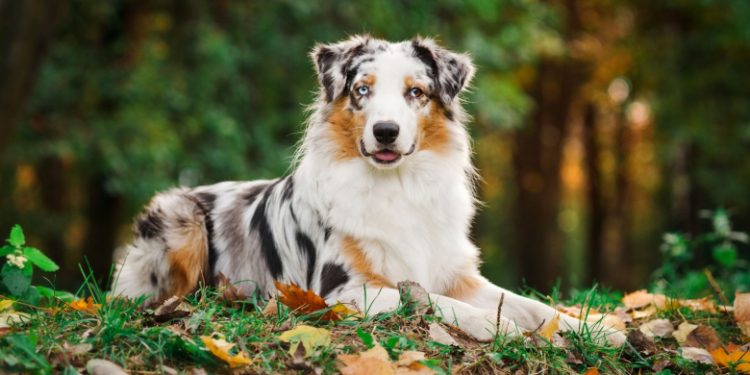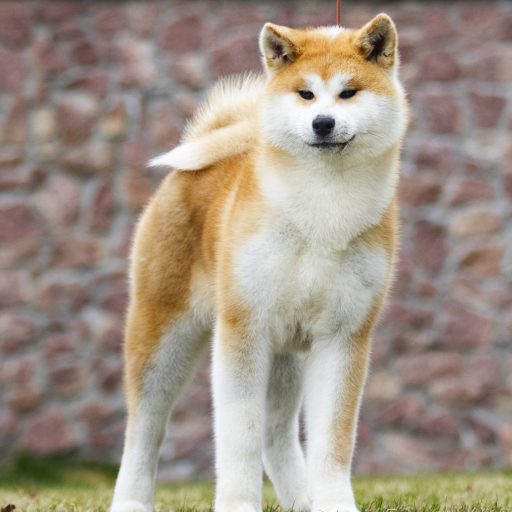The Australian Shepherd is an affectionate dog that does not lack character. A dog built for activity and work, the Australian Shepherd has all the physical and mental aptitudes to fulfill various missions. Medium-sized, agile and intelligent, he fits perfectly into family life and adapts to a variety of living environments, as long as you don’t let him get bored. In recent years, this breed has enjoyed great success in the hearts of the French.
Breed History
Contrary to what its name implies, the Australian Shepherd is not native to Australia. Indeed, this breed was developed in the United States by farmers in the 1900s in order to have a dog capable of rounding up livestock. Even if many theories contradict each other, the real cradle of this breed would be Basque. In fact, the ancestors of the Australian Shepherd were dogs of Basque origin imported to North America and then to Australia.
In the 19th century, in the Pyrenees region between France and Spain, many (especially pastors) would have had to move and leave the area for lack of work. Some would have gone to Australia at a time when the country was becoming a major producer of wool and therefore of sheep. These pastors had dogs very similar to the Australian Shepherd and their skills were highly valued for herding. They would then have taken the road to the United States.
On the other side of the Atlantic, the Australian Shepherd saw its popularity increase after the Second World War. From then on, he showed off his versatility and intelligence to cattle ranchers. Today, if he continues to accompany shepherds and farmers, the Australian Shepherd is also an excellent companion for the whole family.
Physical peculiarities
His hair: straight, sometimes slightly wavy, he is not afraid of bad weather. It is also of medium length, double (presence of outer coat and undercoat), shorter on the head and ears in particular, forming a light mane in males.
Its color: blue “merle”, red “merle”, red or black, with or without white spots or tan markings.
Its head: flat or slightly rounded top of the skull, well proportioned in relation to the whole, with the flat or slightly rounded top of the skull. The length of the muzzle and the width of the skull are practically the same.
Its ears: triangular and drooping, they are attached high.
His eyes: almond-shaped, they can be amber, brown or blue, or even a combination of these colors including flecks. They display a look full of intelligence, liveliness and vigilance
His body: it is less high than long. The ribs are arched, the croup slightly sloping and a high chest.
Its tail: straight, it should not measure more than 10 cm.
Feed
The Australian Shepherd requires a balanced diet adapted to its activity. It is more common to provide him with kibble than homemade food, because the former – provided they are of high quality of course – provide all the necessary nutritional intake. Preparing the dog’s meals yourself carries the risk of causing deficiencies or excesses unless you are an expert in the field. The amount of daily kibble obviously depends on your dog’s metabolism and activity. As an indication, we generally recommend between 280 and 320 grams of kibble (to be divided into 2 daily meals) for the Australian Shepherd.












